Last-Minute NYC Holiday Gift Guide 🎁
We’ve created a holiday gift guide with presents for the intrepid New Yorker that should arrive just in time—


Located on the Upper East Side, the Neue Galerie is part of New York City’s Museum Mile, a section of Fifth Avenue with nine museums between 82nd and 110th streets. Neue Galerie, which opened on November 16, 2001, is a museum dedicated exclusively to German and Austrian art from the late 19th to the early 20th centuries. Along with the Busch-Reisinger Museum in Cambridge, founded in 1903 as the Germanic Museum, Neue Galerie is the only museum dedicated to German art in the United States. This Thursday, the museum will debut a new exhibit, “Modern Worlds: Austrian and German Art, 1890 – 1940” celebrating its 20th anniversary.
Neue Galerie is the creation of Jewish American heir of Estee Lauder cosmetics, Ronald S. Lauder (born. 1944) and Vienna art dealer Serge Sabarksy (1912-1996). Lauder, whose grandparents were born in the Habsburg Empire, always had an interest in art and all things Austrian. He started collecting art at thirteen with Toulouse-Lautrec posters and presumably acquired an Egon Schiele drawing with his Bar Mitzvah money.
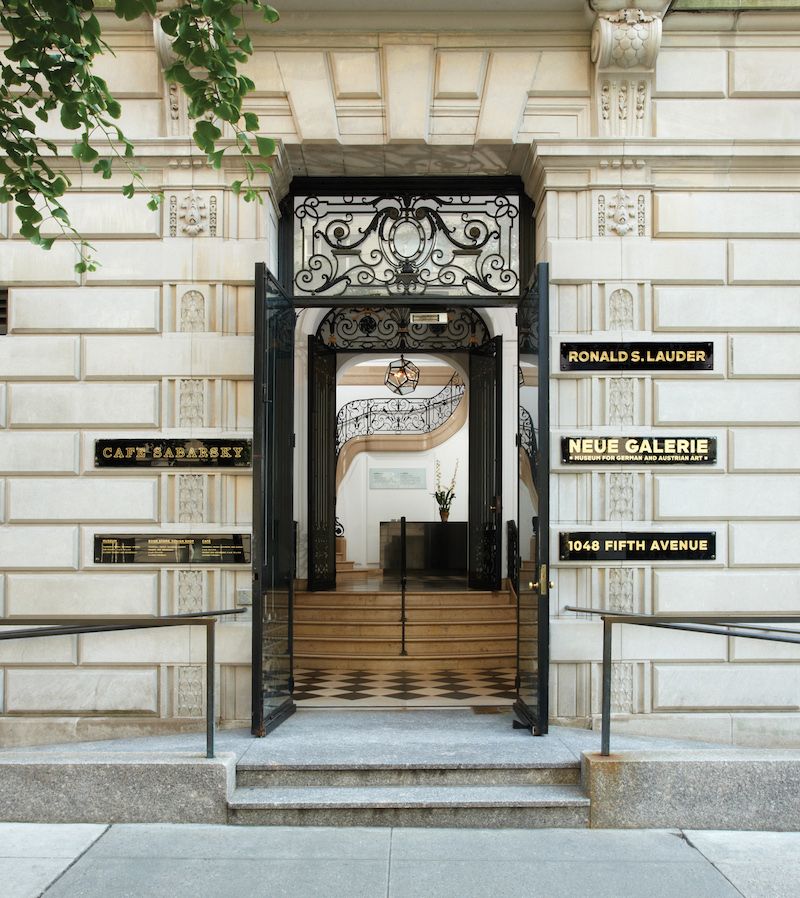
The two museum founders met in the 1960s while Lauder was searching for an expert on Egon Schiele after an auction purchase. Sabarsky, whose mother died in Auschwitz, had relocated to New York prior to the start of World War II. In 1968 Sabarsky opened a gallery on Madison Avenue, dedicated to German and Austrian Expressionism. In 1985, Sabarksy acquired an Egon Schiele’s drawing, Portrait of Johann Harms (1916) for a record of $693,000.
Ronald S. Lauder broke a record in 2006 when he bought Klimt’s iconic golden Portrait of Adele Bloch-Bauer 1 (1907) for $135 million at a Christie’s sale. This painting, which is the centerpiece of the museum’s collection, was part of a long litigation battle over stolen art by the Nazis in Austria. In January 2006 an Austrian arbitration panel ruled Ferdinand Bloch-Bauer as the legal owner of Adele’s portrait. This ruling invalidated the argument that Ferdinand’s wife, Adele, had left in her will the painting to the Belvedere Museum. After eight years of litigation, Maria Altman, Bloch-Bauer’s surviving niece, became the owner of “the woman in gold” or “the Mona Lisa of Austria” as the painting is commonly known.
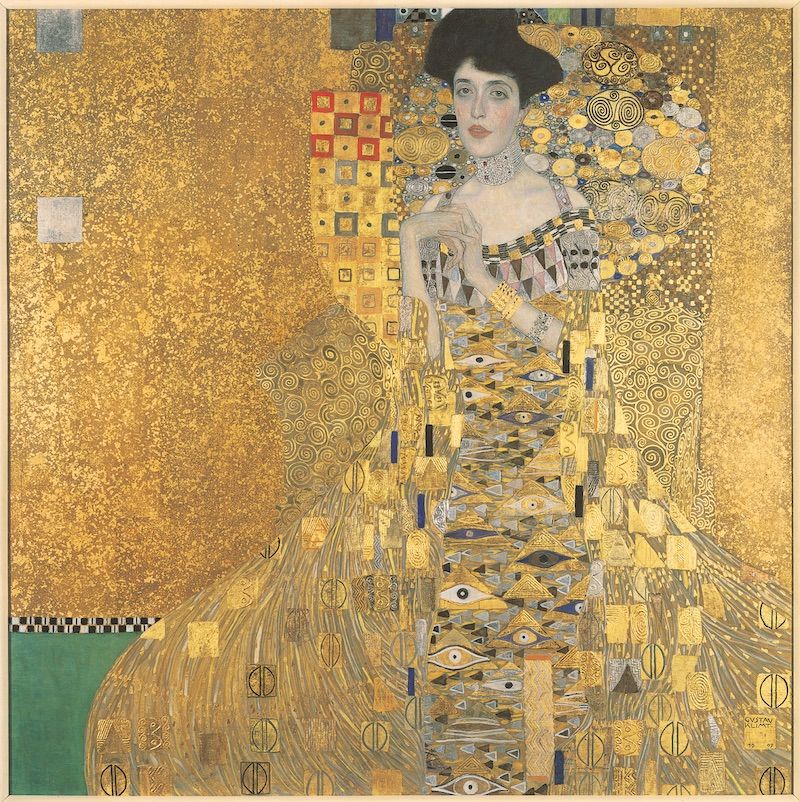
In 1994 Lauder and Sabarsky acquired the mansion on 1048 Fifth Avenue and 86th street, built in 1914 by the famous firm Carrère & Hastings, known as the architects of the New York Public Library’s main branch. The industrialist William S. Miller commissioned the mansion’s construction in the French Renaissance style, resembling the Place des Vosges in Paris.
This mansion became Neue Galerie, housing the art collections that Lauder and Sabarsky acquired in the 1970s and 1980s. Both the second and third floors provide a total of 4,300 sq feet of exhibition space. While the second floor holds the permanent collection, consisting of paintings, drawings, and decorative arts, the third floor is for seasonal exhibitions. On the ground floor’s main feature is an impressive winding staircase, and to the right, there is the museum’s café, named in memory of Sabarsky. The café’s decor recreates a fin-de-siecle Viennese café. The New York Landmark Commission designated 1048 Fifth Avenue as a city landmark.
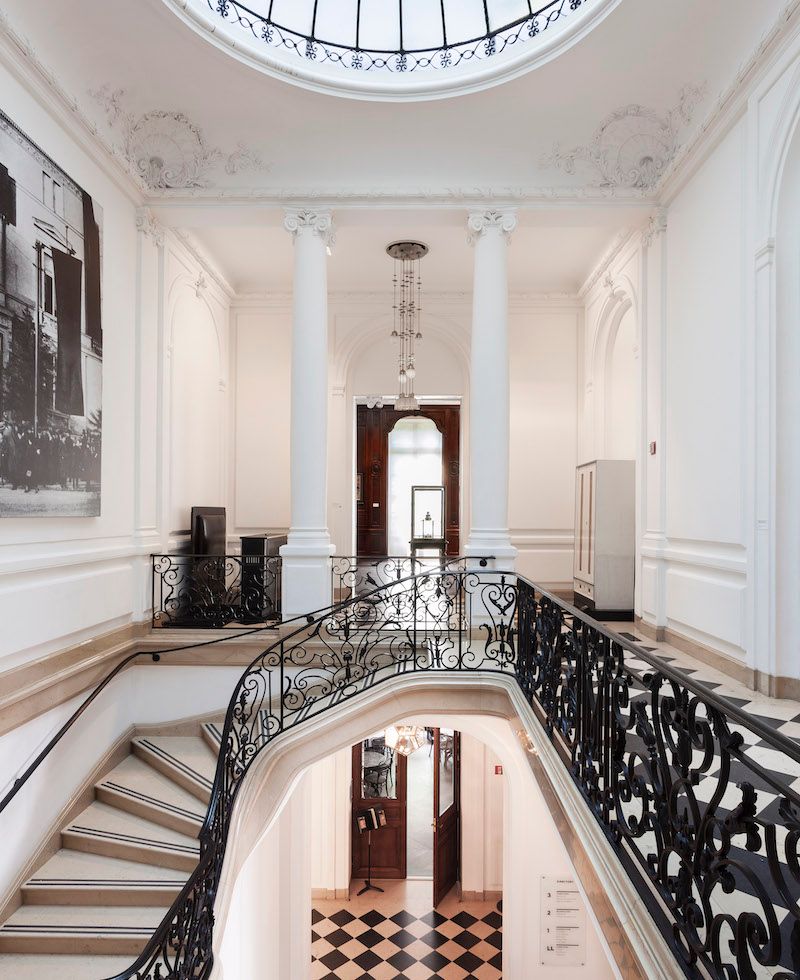
Neue’s opening exhibition in the fall of 2001: “New Worlds: German and Austrian Art 1890 – 1940” highlighted works by artists from both fine and applied arts such as Gustav Klimt, Egon Schiele, Ernst Ludwig Kirchner, Oskar Kokoschka, Vasily Kandinsky, Max Beckmann, Kurt Schwitters, Lovis Corinth, Oskar Schlemmer, the architect Adolf Loos, and designer Josef Hoffmann, among many others. Some more recent exhibitions include “Degenerate Art: The Attack on Modern Art in Nazi Germany, 1937,” “Munch and Expressionism,” “Before the Fall: German and Austrian Art of the 1930s” and “Ernst Ludwig Kirchner.”
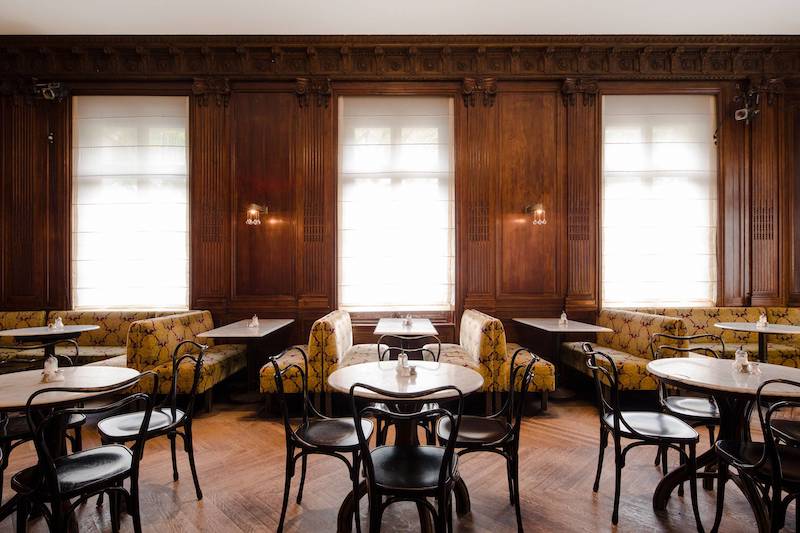
Interrupted by the pandemic, last year’s special exhibition, titled “Madame d’Ora”, was a retrospective on the work of Austrian fashion and high society photographer, Dora Kallmus (1881-1963). Curator Monika Faber, director of the Vienna’s Photoinstitut Bonartes, selected 100 photographs that highlight three periods of Kallmus’ career from 1906 to 1957. Kallmus’ photography evokes a theatricality that is reflective of her original interest in theater.
After a closure of 19 months, Neue Galerie is finally reopening on November 11, 2021 with an exhibition of works from its permanent collection that highlights signature works of artists like Gustav Klimt and Egon Schiele. Accompanying “the woman in gold, ” the Neue Galerie is exhibiting Egon Schiele’s Town Among the Greenery, Carl Moll’s White Interior, Gabriele Münter’s Woman in Garden, Paul Klee’s Mystical Ceramic, and Max Beckmann’s Self-Portrait with Horn, among other works.
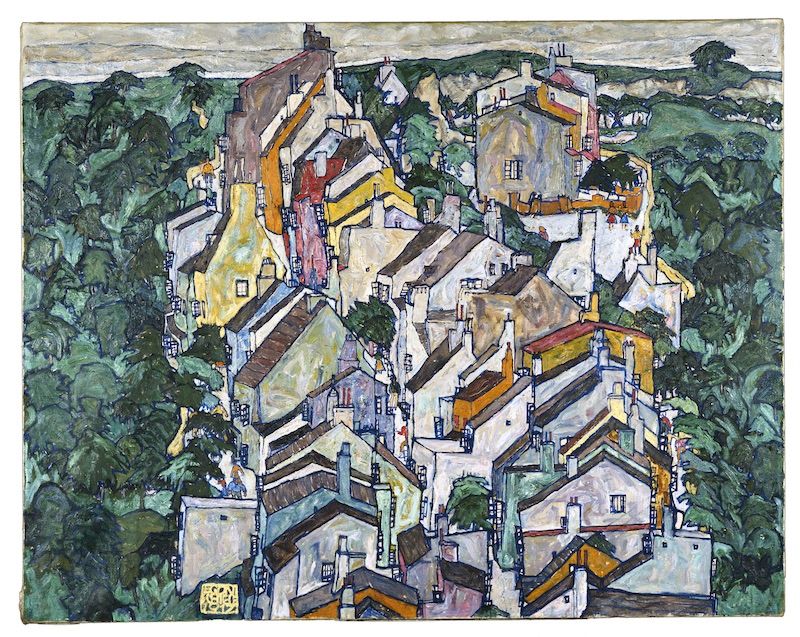
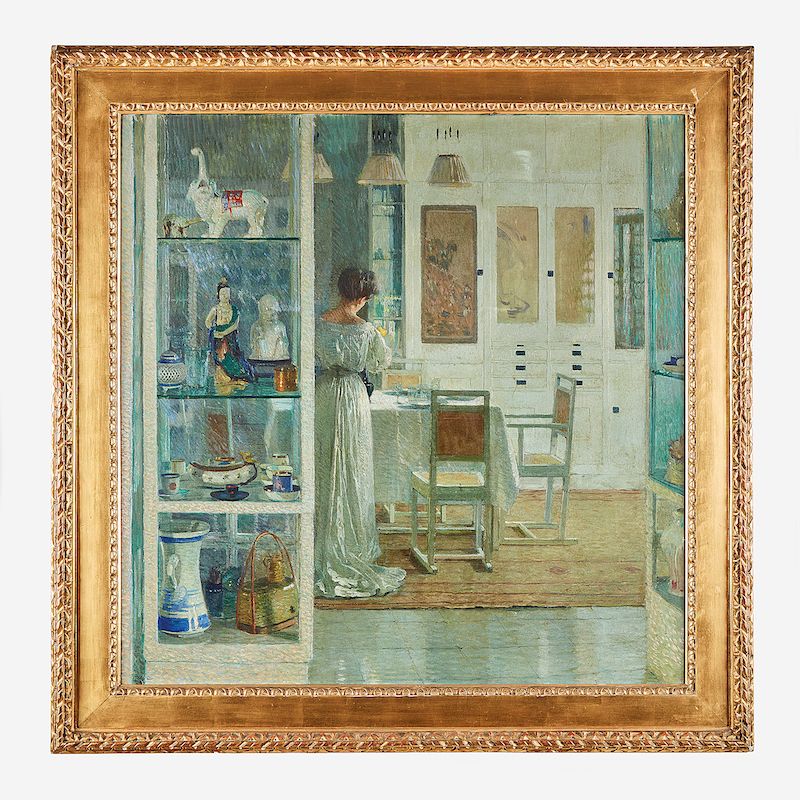
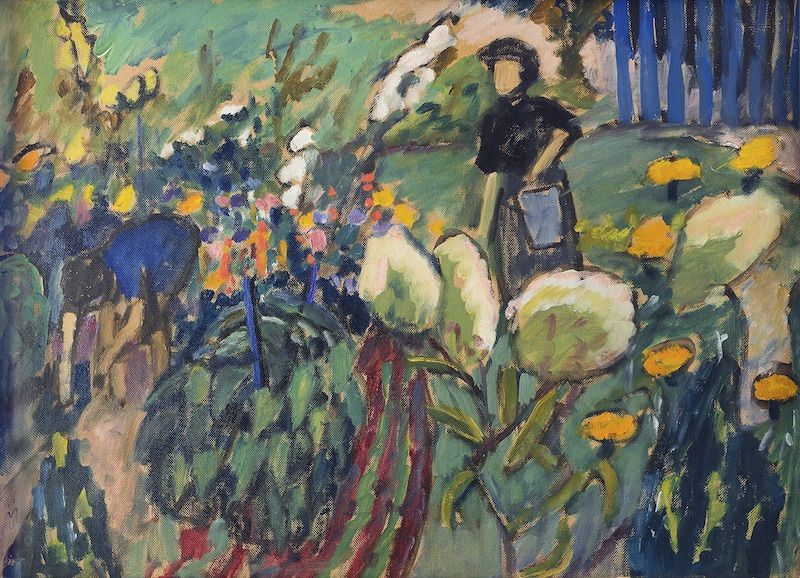
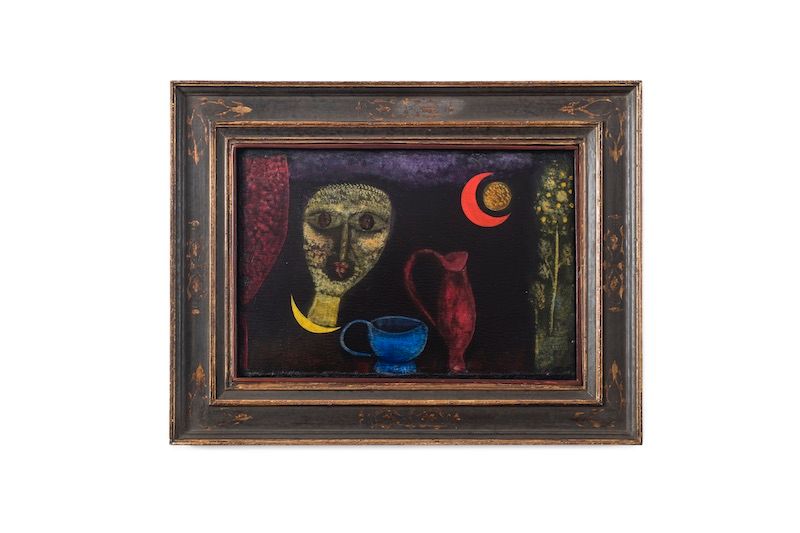
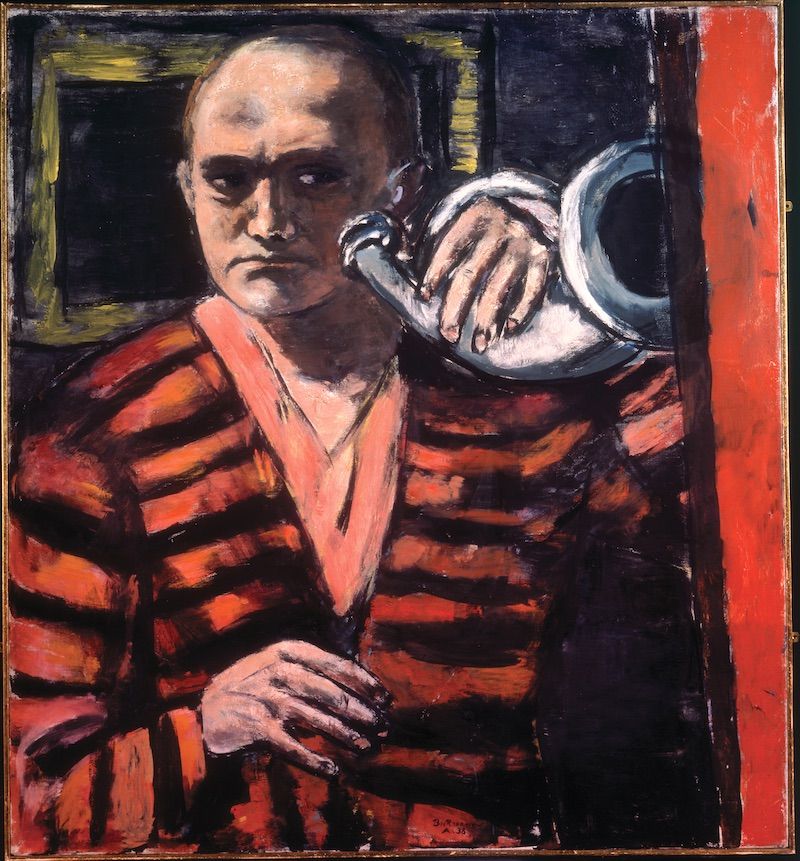
Next, read about the top 10 secrets of the Metropolitan Museum of Art!
Subscribe to our newsletter